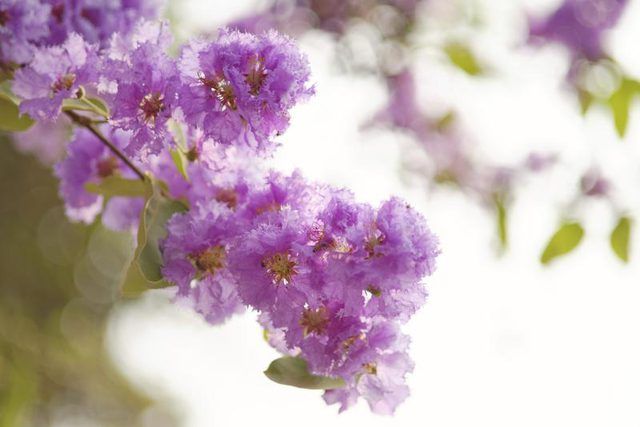Bulbs
Flower Basics
Flower Beds & Specialty Gardens
Flower Garden
Garden Furniture
Garden Gnomes
Garden Seeds
Garden Sheds
Garden Statues
Garden Tools & Supplies
Gardening Basics
Green & Organic
Groundcovers & Vines
Growing Annuals
Growing Basil
Growing Beans
Growing Berries
Growing Blueberries
Growing Cactus
Growing Corn
Growing Cotton
Growing Edibles
Growing Flowers
Growing Garlic
Growing Grapes
Growing Grass
Growing Herbs
Growing Jasmine
Growing Mint
Growing Mushrooms
Orchids
Growing Peanuts
Growing Perennials
Growing Plants
Growing Rosemary
Growing Roses
Growing Strawberries
Growing Sunflowers
Growing Thyme
Growing Tomatoes
Growing Tulips
Growing Vegetables
Herb Basics
Herb Garden
Indoor Growing
Landscaping Basics
Landscaping Patios
Landscaping Plants
Landscaping Shrubs
Landscaping Trees
Landscaping Walks & Pathways
Lawn Basics
Lawn Maintenance
Lawn Mowers
Lawn Ornaments
Lawn Planting
Lawn Tools
Outdoor Growing
Overall Landscape Planning
Pests, Weeds & Problems
Plant Basics
Rock Garden
Rose Garden
Shrubs
Soil
Specialty Gardens
Trees
Vegetable Garden
Yard Maintenance
When to Cut Back Hydrangeas & Crape Myrtles
When to Cut Back Hydrangeas & Crape Myrtles. Pruning greatly affects the look and lifespan of landscape plants, although it's not a one-size-fits-all practice. Different species require different pruning times and cuts, sometimes including cutting the entire plant back. Different hydrangea (Hydrangea spp.) species and cultivars have vastly...

Pruning greatly affects the look and lifespan of landscape plants, although it's not a one-size-fits-all practice. Different species require different pruning times and cuts, sometimes including cutting the entire plant back. Different hydrangea (Hydrangea spp.) species and cultivars have vastly different pruning requirements; few require cutting back. Crape myrtles (Lagerstroemia spp.) rarely respond well to severe pruning such as cutting back.
Knowledge Is Power
As a general rule, plants that bloom on old wood respond best to pruning directly after flowering, while those that bloom on new wood respond well to pruning in late spring before flowering occurs.
Hydrangeas, which grow in U.S. Department of Agriculture plant hardiness zones 3 through 9, depending on species and cultivar, bloom on either old or new wood, depending on species.
Crape myrtle, a south-loving plant that thrives in USDA zones 6 through 10, flowers on new wood.
Spring Cleaning Hydrangeas
Panicle hydrangeas (Hydrangea paniculata, USDA zones 4 to 8) and smooth hydrangeas (Hydrangea aborescens, USDA zones 4 to 9) bloom on new wood and respond well to cutting back in late winter or early spring, just before new growth sets in. To produce larger flowers, cut the stems of these hydrangeas back to 3 to 4 inches above the ground, leaving a sturdy framework of old growth; cut position does not matter with this type of prune. However, be aware that although the blooms will be larger, the stems will be weaker and you may end up with floppy hydrangeas.
Mophead bigleaf hydrangeas (Hydrangea macrophylla), lacecap bigleaf hydrangeas (Hydrangea serrata) and oakleaf hydrangeas (Hydrangea quercifolia), all typically hardy in USDA zones 5 through 9, bloom on old wood and will suffer if you cut them back to the ground, although minor pruning -- removing spent blooms -- after blooming can increase the aesthetic value of your plants.
Avoiding Crape Murder
Homeowners and landscapers enjoy crape myrtle for its hardy and low-fuss maintenance. Seldom do these plants require maintenance pruning, although certain circumstances may bring up the need to trim.
To improve the shape and vigor of your crape myrtle, remove branches that cross each other, rub or grow inward toward the plant. Make all cuts to a side branch or approximately 1/2 inch from the trunk. Pruning in late winter or early spring, before new growth starts to emerge, is your best bet for these colorful plants.
Cutting crape myrtle's tops off, a practice widely seen throughout the growing region, results in the play on words "crape murder" because the trees seldom recover. If you prefer a low, compact crape myrtle, cut it back to approximately 6 inches above the ground each year during late winter or early spring before new growth appears.
Techniques and Tools
A pruning job is only as good as the tools and techniques you use, even when done at the correct time. Cutting back to the ground doesn't require as detailed cuts as other pruning methods, but still requires the right tools.
Ensure your pruning tools have sharp edges to reduce stress on the plant. Use hand pruners for branches up to 3/4-inch in diameter. For older, thicker branches up to 1 1/2 inches in diameter, use lopping shears.
To prevent spreading disease, avoid cutting into oozing cankers or virus-infected plants. Sterilize tools with an anti-bacterial household cleaner by dipping blades into the cleaner.